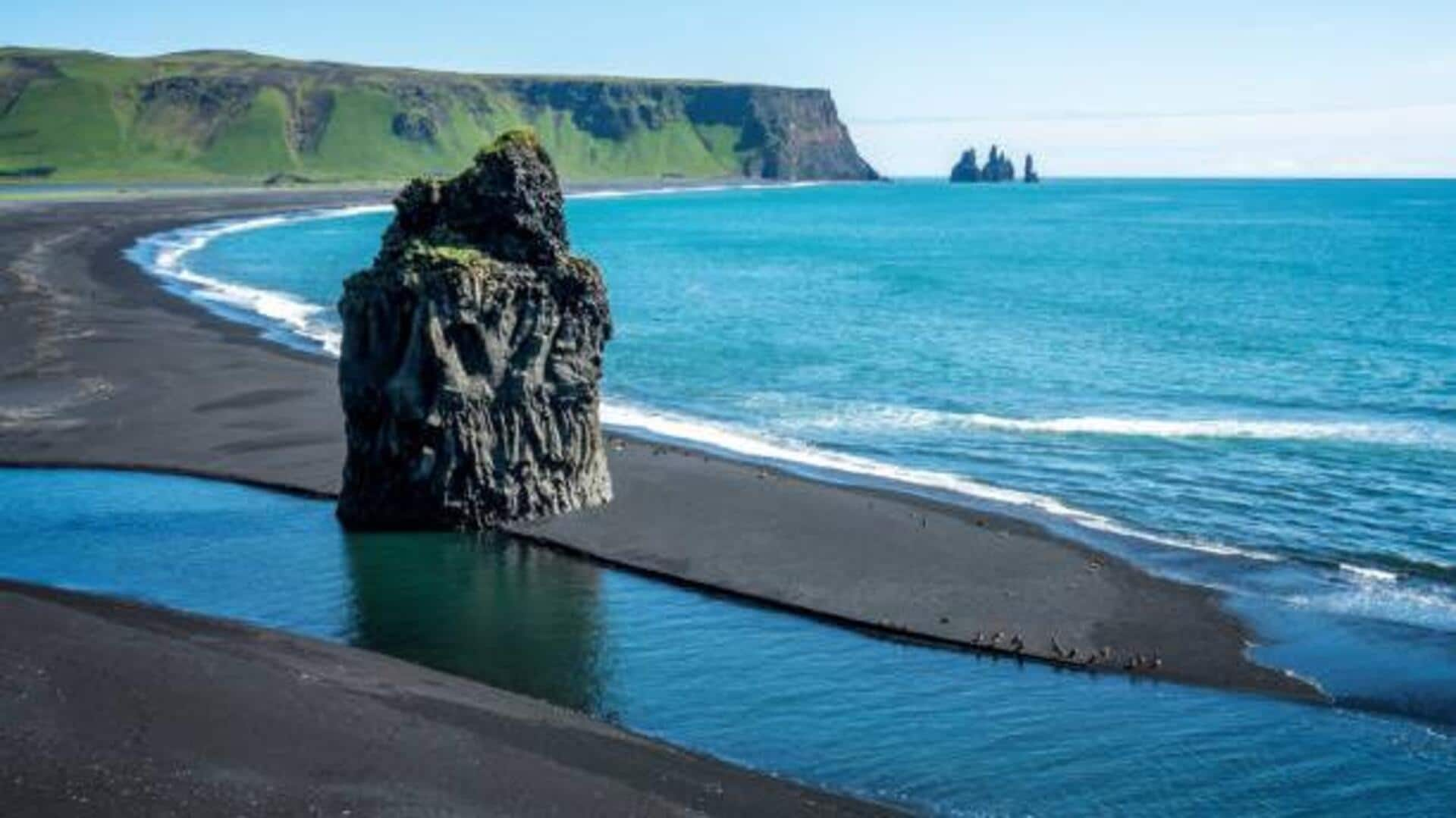
Nature's masterpieces: Iceland's stunning rock formations
What's the story
Iceland's landscapes are defined by its unusual rock formations, carved by volcanic activity, glacial movements, and erosion. These natural sculptures tell the story of the island's geological history. From towering basalt columns to unique lava formations, visitors can see it all, revealing the forces that have sculpted this land.
Basalt columns
Basalt columns at Reynisfjara beach
Reynisfjara Beach is known for its spectacular basalt columns, which rise like organ pipes from the black sand. Formed by cooling lava flows, these hexagonal pillars speak of Iceland's volcanic origins. Located near Vik on the southern coast, the beach offers a stunning backdrop with its dramatic cliffs and roaring waves. Visitors should exercise caution owing to strong currents, but can enjoy breathtaking views of these natural wonders.
Lava fields
Dimmuborgir Lava Fields
Literally meaning dark castles, Dimmuborgir is a massive expanse of lava fields situated near Lake Myvatn in northern Iceland. The area boasts of some of the most peculiar rock formations produced by ancient volcanic activity. It looks like a deformed maze with towering pillars and arches made of solidified lava. Dimmuborgir can be explored through well-marked trails, where you can learn about its geology.
Red Hills
Raudholar Red Hills
Raudholar features red pseudocraters located a short drive outside Reykjavik, providing an easy access into Iceland's volcanic past. The craters were formed when hot lava flowed over wetlands, resulting in steam explosions that left mounds of red scoria rock. The bright red color contrasts sharply with the greenery around, making it a postcard-perfect scene for photography enthusiasts or geology aficionados.
Echo Rocks
Hljodaklettar Echo Rocks
Hljodaklettar (Echo Rocks) lie within northeastern Iceland's Vatnajokull National Park. This cluster of basalt columns has been eroded into shapes of animals or mythical creatures due to wind and water action over time. The name "Echo Rocks" comes from their unique acoustics; sounds made here reverberate off nearby cliffs, creating echoes throughout the area—a fascinating phenomenon worth experiencing firsthand during your visit!